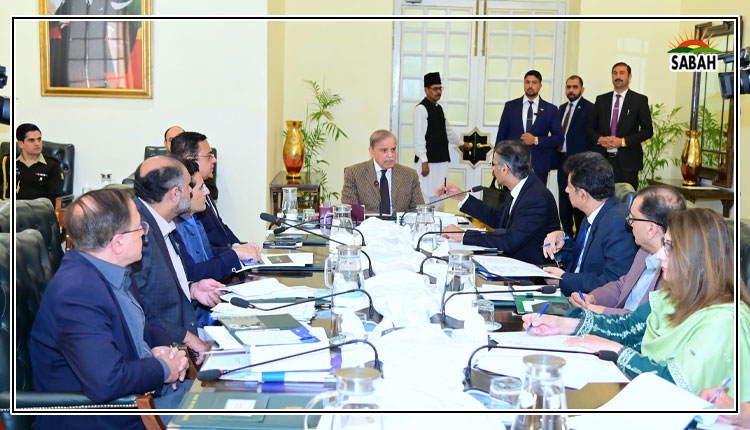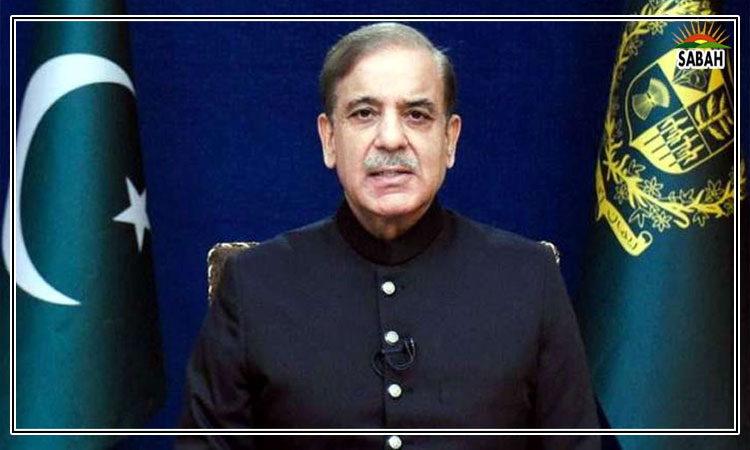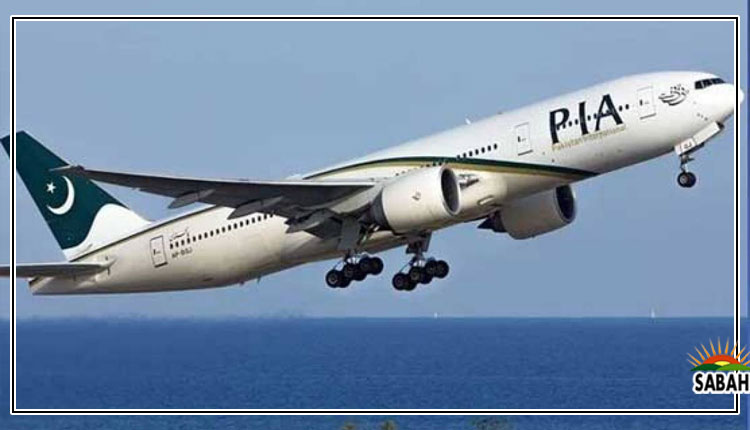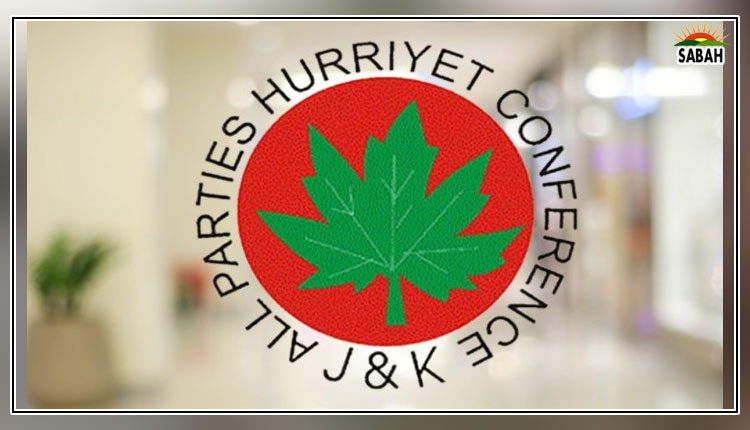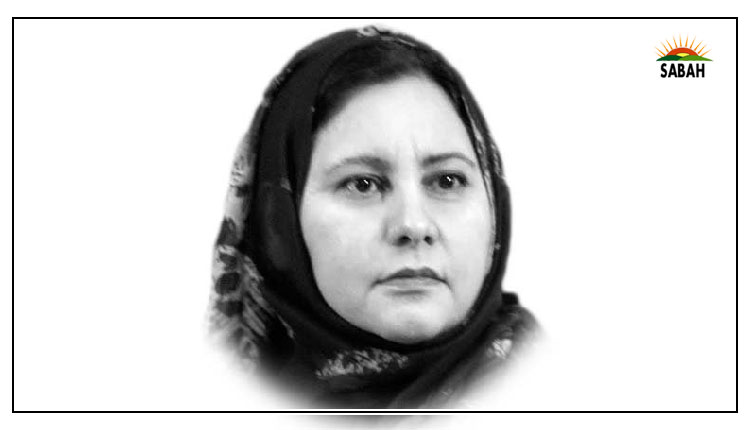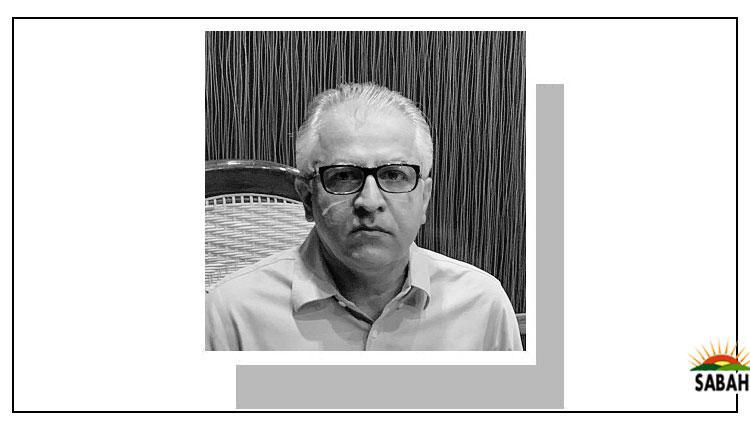Fertiliser subsidy…Aijaz A. Nizamani
WHEAT is the most important dietary component in food consumed in Pakistan. The same is reflected in Pakistans cultivation trends, with over 22 million acres of farmland more than 50 per cent of the cropped area allocated to wheat crops in the winter. The winter season is when fertiliser requirements peak, and fertiliser plants have to compete with power plants for natural gas in order to produce nitrogenous fertiliser.
However, dwindling domestic supplies and increased competition in the international market for natural gas have made these competing demands nearly impossible for Pakistani policymakers to manage. Invariably, bureaucrats and politicians make a mess of the situation, and the high cost of their mess is passed on to consumers and producers alike. It is no surprise that the country imports millions of tonnes of wheat worth hundreds of millions of dollars every year.
The current years budget has allocated Rs30 billion for fertiliser subsidies. This subsidy is used to pay for cheap gas to fertiliser plants, which, in return, are supposed to provide their urea and phosphatic fertiliser products at administered rates to farmers through their distribution networks. The list of ministries and bureaucracies involved in the disbursement of this subsidy is mind-boggling. For a comparatively low figure of Rs30bn, the list of ministries involved includes the Ministry of Industries and Production, the Ministry of Petroleum, the Oil & Gas Regulatory Authority, the Cabinet Division, the Ministry of Food Security and Research and the Ministry of Finance.
Since their bureaucrats get caught up in turf wars, making timely decisions is not possible. Each year, delayed government decisions on setting gas prices for fertiliser plants also result in bottlenecks in the value chain. Gas supply bottlenecks give rise to discrimination: the Competition Commission of Pakistan is often approached by plants that do not receive enough supply of gas, while others are reportedly favoured.
The impact of this mismanagement is seen in the small-town markets of rural Pakistan, where farmers are paying between Rs5,000 and Rs5,500 for a bag of urea in the black market, which is supposed to be sold at Rs3,250 this season. The situation was no different under the PTI government when farmers queued all day to receive just two bags of fertiliser.
Industry sources say the country has enough plant capacity to produce more fertiliser than needed by local farmers. So, why are wheat farmers forced to buy from the black market each year in winter, especially for a crop as important as wheat? The price differential is not the only issue: producers also suffer from what economists call high transaction costs, as well as the loss of valuable time. They are unable to provide crops with vital plant nutrients when they are critically needed, resulting in loss of production, which is ultimately met through wheat imports.
The fertiliser subsidy is not provided to farmers but to fertiliser plants in other words, to industrialists. The rationale provided for this arrangement is that it ultimately helps farmers. However, as the experience every year shows, it does not work that way, as farmers invariably pay more than administered prices for their requirements. Some studies done by the Pakistan Institute for Development Economics also show that the fertiliser subsidy does not significantly impact food costs for the poor. The logical question is: why not do away with the subsidy altogether when both consumers and producers (farmers) do not get the value it is paid for?
Since farmers are net losers in this subsidy regime, it is they who should demand a liberal fertiliser import and export mechanism. It looks like even fertiliser manufacturers are not averse to a market-based mechanism: they believe they can export fertiliser under such a regime, bringing in as much as $500m in foreign exchange. Free imports and an export facilitation policy would go a long way towards improving food security while cutting out meddlesome bureaucracies. This will, undoubtedly, require government regulation, but this must be light and enable activity, instead of stifling it.
The next question would be how to incentivise the wheat crop in case the fertiliser subsidy is done away with. The solution lies in direct fiscal transfers to farmers, as is done in all OECD countries. The government may support a certain amount, like Rs5,000 per acre, with a ceiling of 10 acres per farmer. This will be a targeted production subsidy for small and medium farmers. It can easily be put into practice using satellite and technology, and disbursed directly to farmers bank accounts with minimum involvement of bureaucratic personnel.
Courtesy Dawn



